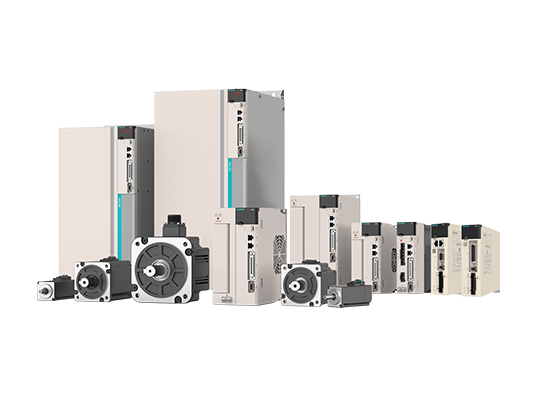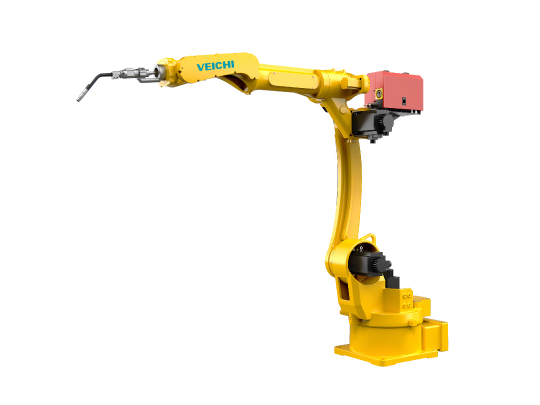Welding Robot
VEICHI provides a series of welding robots with payload ranges from 6kg to 10kg and arm lengths reach from 1412mm to 2078mm.
-
VC-TKB1400 Series 6kg 1412mm Welding Robot
VEICHI VC-TKB1400 series welding robot is a high-performance industrial automation welding robot, payload: 6kg, arm reach: 1412mm.
-
VC-TKB1440 Series 10kg 1455mm Welding Robot
VEICHI VC-TKB1440 series welding robot is a high-performance industrial automation welding robot, payload: 10kg, arm reach: 1455mm.
-
VC-TKB2030 Series 6kg 2078mm Welding Robot
VEICHI VC-TKB2030 series welding robot is a high-performance industrial automation welding robot, payload: 6kg, arm reach: 2078mm.
More About Welding Robot
Welding Robots are industrial robots specifically designed for performing welding tasks. They play a crucial role in the field of automated manufacturing, particularly in industries such as automotive, aerospace, shipbuilding, construction, and other heavy industries.
Key features of Welding Robots
1. High Precision and Repeatability
Welding Robots can execute complex welding tasks with extreme accuracy and consistency, ensuring quality welding while reducing human error.
2. Multi-axis Flexibility
Most welding robots have six axes, allowing them to perform precise operations in complex spaces and adapt to varied welding requirements.
3. Programming and Automation
Programmable, Welding Robots can automatically carry out predetermined welding tasks, increasing production efficiency and reducing labor costs.
4. Adaptability
They are capable of adapting to different welding environments and requirements, including various welding techniques such as arc welding, spot welding, and laser welding.
5. Enhanced Safety
Welding Robots can operate in high-temperature, hazardous environments, minimizing potential dangers to human operators.
6. Cost Savings
Although the initial investment may be high, Welding Robots can significantly reduce labor and material costs in the long term.
7. Ease of Integration
Modern welding robots can be easily integrated into existing production lines, working in conjunction with other automated equipment to enhance the overall production process efficiency.
8. Sensors and Smart Technology
Some advanced Welding Robots are equipped with visual and tactile sensors, enabling them to recognize weld seams and automatically adjust welding parameters to ensure optimal welding results.
These characteristics make Welding Robots an indispensable tool in modern manufacturing, capable of increasing production efficiency, ensuring product quality, reducing production costs, and improving working conditions. As technology advances, the applications and capabilities of Welding Robots continue to expand and strengthen.
 Global - English
Global - English Spanish - Español
Spanish - Español Arabic - عربي
Arabic - عربي Italian - Italiano
Italian - Italiano Polish - Polski
Polish - Polski French - Français
French - Français Russian - Pусский язык
Russian - Pусский язык Ukrainian - українська
Ukrainian - українська Chinese - 中文
Chinese - 中文 Korean - 한국어
Korean - 한국어 Turkish - Türkçe
Turkish - Türkçe Vietnamese - Tiếng Việt
Vietnamese - Tiếng Việt






 Leave a Message
Leave a Message